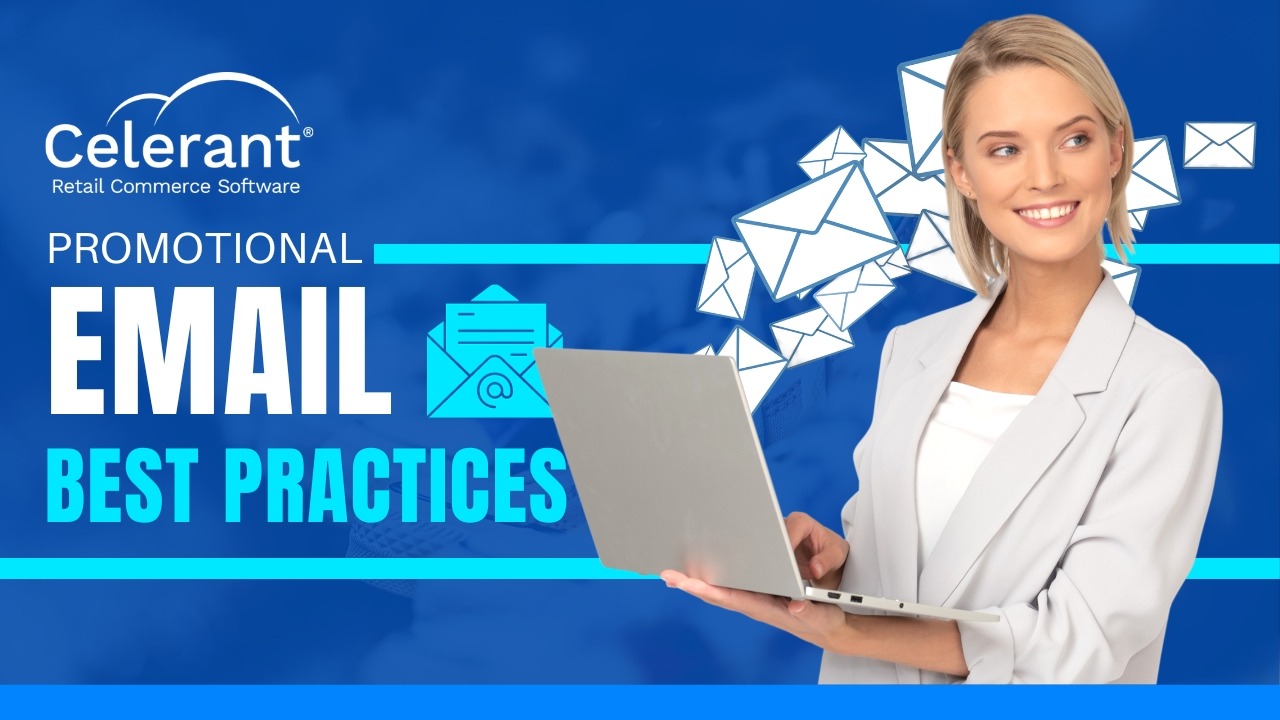Be recognizable:
Would your audience recognize your name? Use it if you’re a familiar face. For businesses, your brand name works wonders.
Blog

In today’s online landscape, keeping your customers engaged can feel like shouting into a hurricane. Between endless ads, social media blasts, and YouTube binges, their attention is a precious commodity. That’s where personalized email marketing comes in. It is your direct line to their inbox, a chance to cut through the noise and resonate deeply.
Ready to transform your emails from forgotten texts to captivating conversations? Here are three ways to do that:
Ever wonder why people open emails? It’s like peering through a closed door: who’s on the other side? The “From” field is your window, a chance to gain your recipient’s trust and spark curiosity. But how do you craft the perfect opening?
How to create the right ‘sent from’ address:
Remember, the goal is to intrigue, not confuse:
When creating emails, use consistent formatting across your messages. It builds familiarity and trust, making you a welcome guest in your customer’s inbox.
By following these simple tips, you can turn your “From” field into a powerful tool for boosting open rates and building lasting connections with your audience.
Your subject line is the first impression your email makes. In a crowded inbox, it is the difference between a click and a delete. But crafting the perfect one isn’t about shouting; it’s about intriguing and informing.
How to catch attention with relevant subject lines:
When writing email subject lines, instead of yelling “HEY!”, whisper a benefit, surprise, or question that sparks curiosity. You can also add a touch of personality (like a well-placed emoji) to make it feel like you’re talking to a friend, not just an inbox. This can help improve the open rate of your emails.
Images can be powerful, attention-grabbing tools to engage your audience, but using them effectively requires a strategic approach.
Key dos and don’ts for retail email images:
DO:
DON’T:
By following these tips, you can make sure that your email images are working for you, not against you. And that they will capture attention, enhance your message, and ultimately, help you achieve your email marketing goals.
When using images in emails, experiment with different image sizes and placements to see what resonates best with your audience. A/B testing can help you discover the sweet spot for visual engagement and use the optimal frequency of graphics.
Email marketing is by far the most cost-effective way to promote your business. Discover how our Digital Marketing Team at Celerant can help you turn those clicks into customers.
Download our ebook: How to send personalized and automated email campaigns